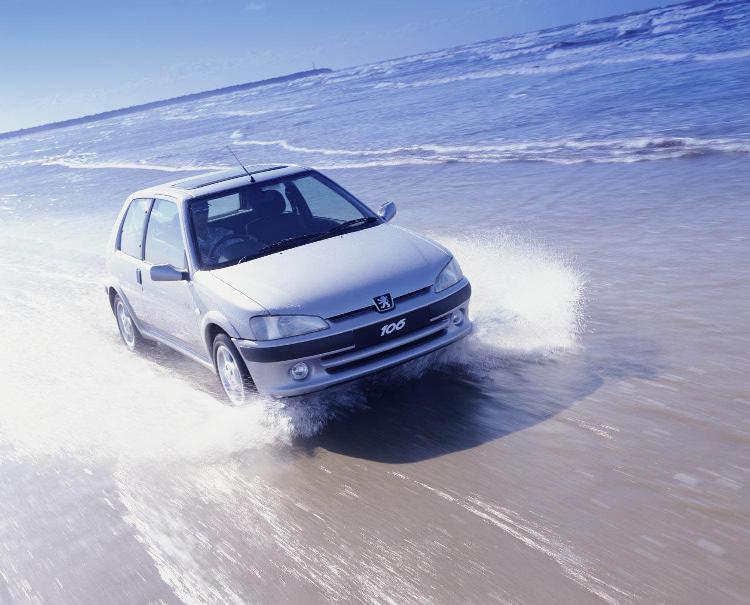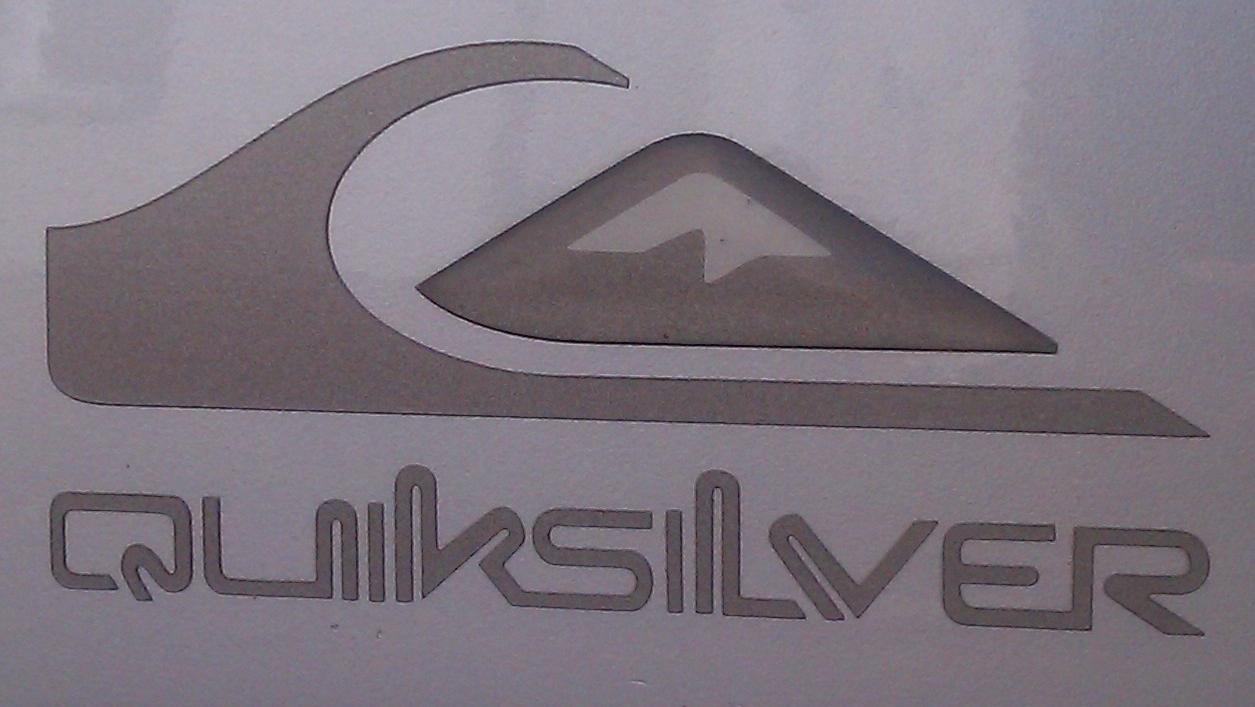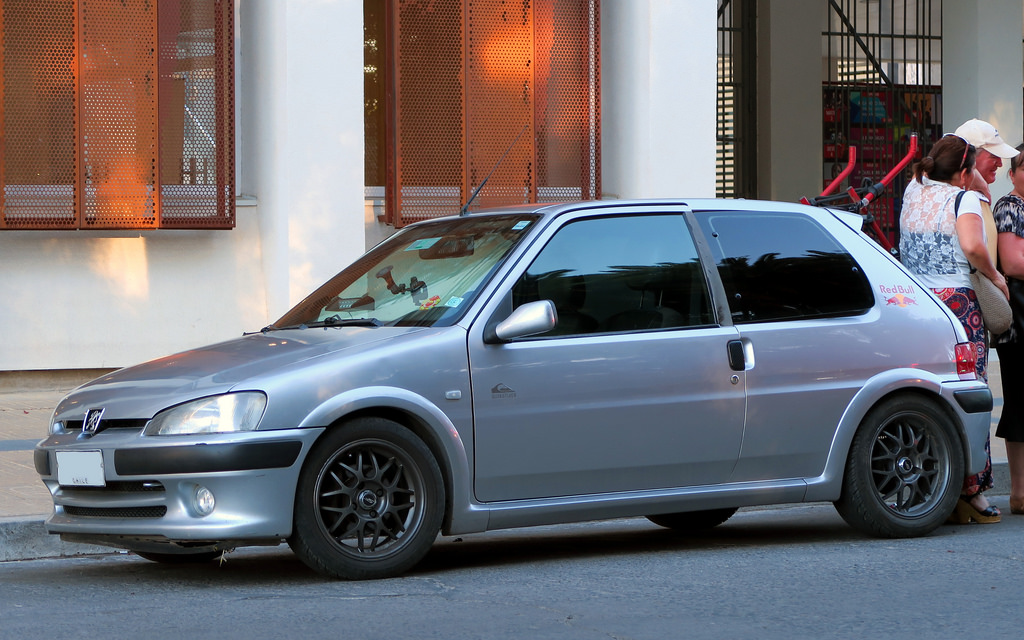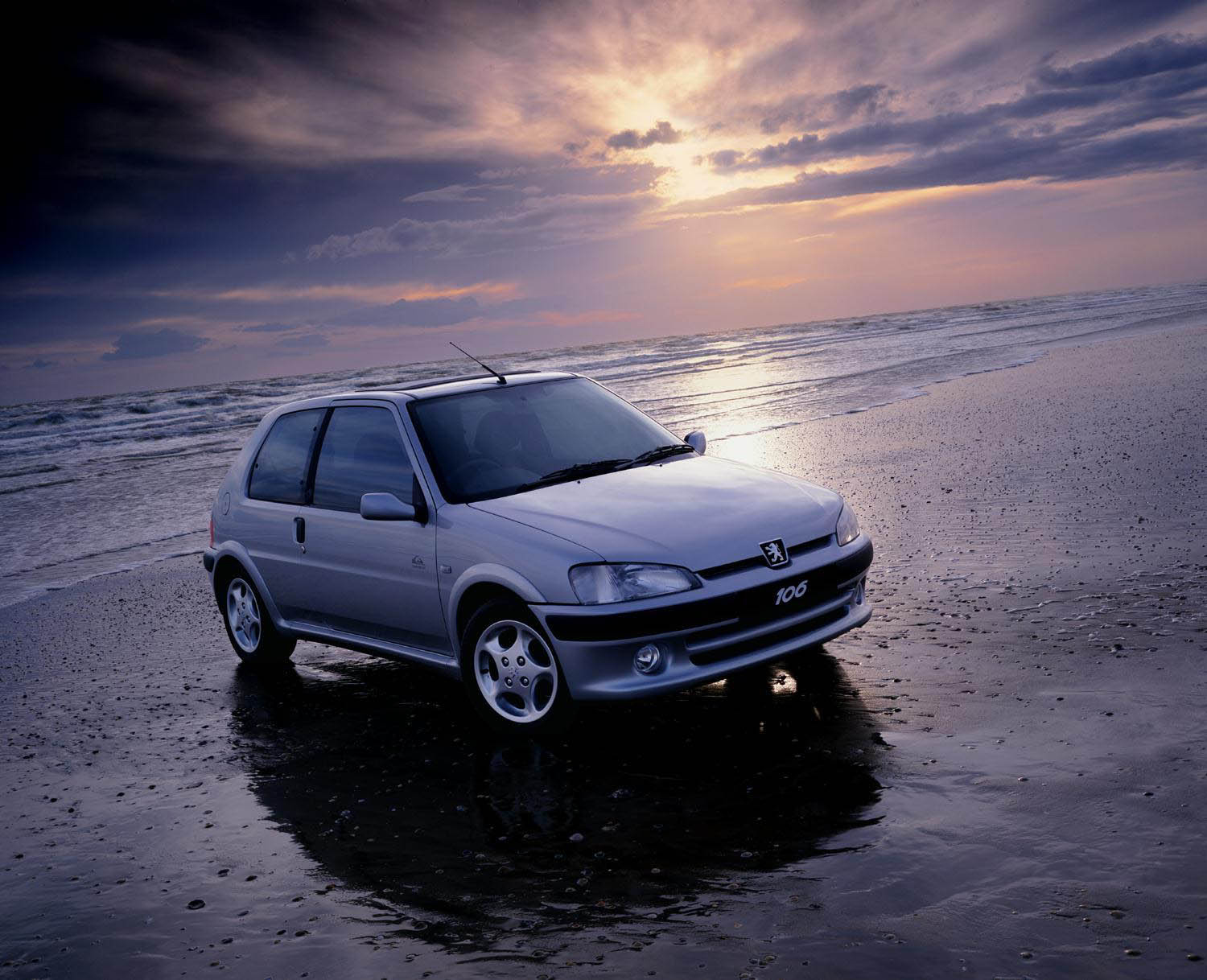"Peugeot J7? Never heard of it. At the time of writing we are, as many of you will be, on the road for the Summer. And the Basque coast is one of the hotspots of #vanlife. Wagons of every kind "

Peugeot 106 Quiksilver
Remember the Quiksilver? Was this Pug 106 the entry level lad-mag car?
Your first car isn’t really meant to be anything special. It’s a runabout, a box, something just to get you mobile in the initial period after obtaining that most precious of things: a driving licence.
My friends all had battered old Fiesta 1.1s, or worse still, a Citroen AX with clocks instead of rev-counters. Seeing those cars made me realise that that was simply not going to be good enough for me. I’d waited to have my own car since I was old enough to fall in love with them. I was going to have a cool car.
With a budget three to six times higher than all of my friends (hey, that’s what pre-financial disaster banks were for) I found the perfect first car. It was cheap to insure, it was faster than my friends’ cars, and, naturally, it was cool. It was a 2000 Peugeot 106 Quiksilver.

Ordinary 106s are nothing to write home about. As one of the longest-running production cars in European motoring history, they served as cheap city cars in what was mostly a pre-city car era and were fairly poorly made and pretty unreliable to boot. The worst 106s were the ones powered by diesel: loud, softly sprung, slow hatchbacks with little to enjoy apart from the overall design. However, as mine was a Quiksilver it suffered from none of those issues… aside from the build quality and reliability.

Available only in silver with a black interior fitted with Quiksilver badges and logos on the exterior, the special edition was a bit of a gimmick, but silver was the best colour for the 106, and the Quiksilver brand – whatever it’s meant to be – was considered cool by people who like to get wet for sporting reasons. Even those moist maniacs would appreciate the 106’s styling – a highlight in Peugeot’s very hit-and-miss history of design – and the 1.4-litre petrol was about as big as an 18-year old could own without paying an insurance bill of several million pounds.
Sadly, like all 106s equipped with a sunroof, the water poured on in and settled in under the pedals on a rainy day, meaning I now owned a French pond and suffered soggy socks on many a wet British day. Also, the left-rear brake decided one day to suddenly snap in the middle of me doing a three-point turn in my street, blocking the driveways of my neighbours for several hours whilst the AA man chiselled (yes, chiselled) away at the failure. Could I pull the interior apart with my bare hands? Yes. Did I have to pack a coat and water in the boot everytime I went out because the Quiksilver car could break down at any moment? Yes. Ok, so why on Earth do I rate this car at all?

For a start, the previous owner had fixed an issue all Peugeot 106s had: something I like to call under-wheeling. Every 106 ever made has the wrong sized wheels. They’re too small in diameter, and not wide enough. Lowering the car and adding 17″ Wolfrace Alloys fixed that issue and allowed for a wider tyre as well as making the car look a heck of a lot better, and this in turn produced phenomenal handling and grip. This is a car that weighed less than 900kg, so it could corner just about as well as anything in the county of Devon where I grew up. Its diminutive stature allowed it to nip through country lanes at a fair pace provided you kept the speed up from the disappointing 75 horses under the bonnet.
The Quiksilver brand may well mean something to those who like to put on rubber suits and throw themselves around in brine, but for me it was decorative garnish on the first steps into driving cars that can perform. My 106 looked great, handled superbly, and as far as first cars go, it was easily the best car in my group of friends, so I held bragging rights. Certainly better than a shoddy old Citroen AX, hey?

CLICK TO ENLARGE










